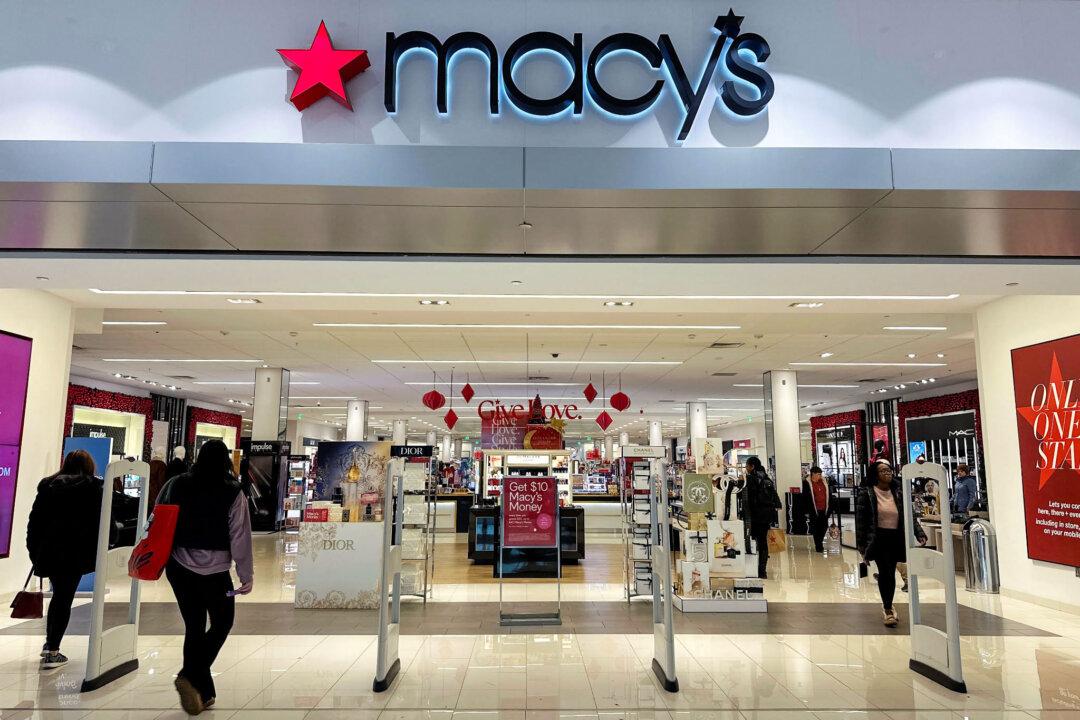Macy’s will close more stores than earlier expected during this fiscal year under the company’s revitalization program as the retail chain struggles with falling revenues.
“We now expect to close about 65 locations this year, up from our prior expectation of 55 and 50 at the beginning of the year,” Adrian Mitchell, CFO of the company, said during the company’s third-quarter earnings call on Dec. 11.





